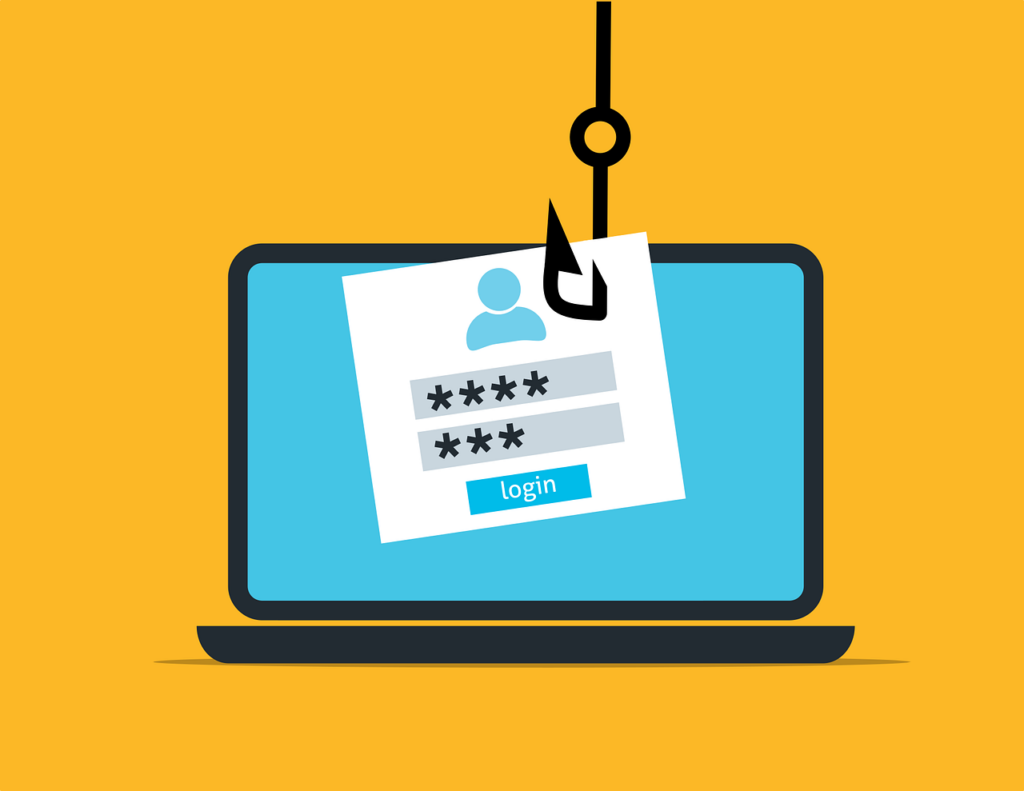Phishing is a prevalent cyberattack method where malicious actors attempt to deceive individuals into revealing sensitive information such as passwords, credit card details, or other personal data. By posing as trustworthy entities, these attackers exploit human trust to carry out their schemes.
How Phishing Works
Phishing campaigns often begin with a fraudulent email, text message, or website that appears to come from a legitimate source. These attacks leverage social engineering tactics, preying on emotions such as urgency, fear, or curiosity to manipulate victims. For example, a phishing email might claim there’s an issue with your bank account and prompt you to log in to resolve it, redirecting you to a fake website designed to steal your credentials.
Common Types of Phishing Attacks
- Email Phishing
The most common form of phishing, where attackers send emails designed to look like official communication from reputable organizations. These emails often include links to fake websites or attachments containing malware. - Spear Phishing
A more targeted approach, spear phishing focuses on specific individuals or organizations. Attackers research their victims to craft highly personalized messages, increasing the likelihood of success. - Whaling
Similar to spear phishing but aimed at high-profile individuals like executives or government officials. Whaling attacks often use sophisticated tactics to extract sensitive data or funds. - Smishing and Vishing
- Smishing: Phishing attempts via SMS or text messages.
- Vishing: Voice phishing, where attackers impersonate trusted entities over the phone.
- Clone Phishing
Attackers create an exact copy (or clone) of a legitimate email and replace its attachment or link with malicious content. - Pharming
This involves redirecting a legitimate website’s traffic to a malicious site without the victim’s knowledge, often through DNS poisoning.
Notable Phishing Examples
- The 2020 COVID-19 Scams: Attackers exploited pandemic fears with phishing emails claiming to offer health updates or relief funds, directing users to malicious links.
- Fake PayPal Alerts: Users received emails mimicking PayPal, warning of suspicious account activity and asking for login credentials on a fake site.
How to Recognize Phishing Attempts
- Generic Greetings: “Dear Customer” instead of your actual name.
- Urgent Language: Messages that demand immediate action to avoid consequences.
- Suspicious Links: Hover over links to check the URL before clicking.
- Unexpected Attachments: Files from unknown senders may contain malware.
- Spelling and Grammar Errors: Legitimate organizations usually maintain professional communication standards.
Preventing Phishing Attacks
- Educate Yourself: Stay informed about the latest phishing tactics.
- Enable Two-Factor Authentication (2FA): Adds an extra layer of security to your accounts.
- Use Anti-Phishing Tools: Many email services and browsers include built-in anti-phishing protections.
- Verify Sender Authenticity: Always double-check the source before providing sensitive information.
- Keep Software Updated: Regular updates can patch vulnerabilities that phishing attacks may exploit.
Phishing continues to be a significant threat in the digital era, with attackers evolving their tactics to stay ahead of defenses. By recognizing the signs and implementing proactive measures, you can reduce the risk of falling victim to these deceptive schemes.
